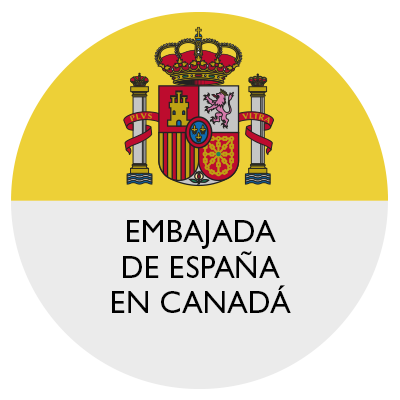General Mola’s Secret Instructions
Creator: Vidal, Luis
Source:
Mola, mártir de España, de Ino Bernard (Bernardino Gálvez Bellido). Granada: Editorial y librería Prieto, 1938, 309 pp.
Fondo privado
Date Created: 1936
Extent: 1 item
42.8182, -1.64401
General Emilio Mola Vidal became the “Director,” the new operational leader of the conspiracy, on 19 April. Mola belonged to the group of Africanists, officers who had made their careers in the colonial war in Morocco. With a distinguished service record, his battlefield experience gave him legitimacy both among his peers and among civilians who longed for military authority. His leadership was further reinforced by his knowledge of the intelligence and security services, as well as a reputation as an intellectual he had earned by writing several books.
His writings already reflected an anti-political, nationalist, and pro-military mindset. For Mola, the coup soon became the only possible solution, and no agreement with the Republicans - not even with centrists or conservatives - was conceivable. “No more taking turns or making compromises; what is needed is a decisive break, a thorough counterrevolutionary attack,” he wrote to the UME at the end of 1935.
Although the conspiracy had a distinctly military character, Mola sought the support, participation, and financial collaboration of various civilian political and social forces. To achieve this, he aimed to present a broad-based program that would not alienate potential allies and would avoid internal conflicts, as had occurred in previous insurrection attempts. The July 1936 coup was the result of a complex process, shaped by multiple conspiratorial threads led by the military network, but with the collaboration, support, and complicity of the main right-wing political groups.
To prepare the ground, military and civilian actors divided their efforts across complementary tasks of organization, networking, financing, and agitation. Aware of the importance of civilian support, Mola took it upon himself to foster contacts with sympathetic political forces and designed an inclusive political plan. The broad support the conspiracy managed to garner among the right-wing forces—despite their widely differing agendas—can be considered one of its successes.
The “Director” was also the person in charge of military strategy, although its implementation was filled with ups and downs, and its execution did not go fully according to his plans. These were revealed through the confidential instructions he sent to his fellow conspirators. He sent the first on 25 April. This initial instruction outlined the roadmap for the attack. Three more followed until June, focusing on operational issues, organizational tasks, and the movement of armed columns. The instruction on 24 June introduced a new line of attack led by the troops from Morocco, implying that Franco's participation was considered assured.
As the date of the uprising approached, Mola’s orders became filled with security recommendations. In the final messages, sent through highly trusted couriers, he conveyed the key signals that would let the conspirators know the moment to rise had arrived.
With all the pieces in place, the uprising seemed ready. Only one final move remained: to get General Franco from the Canary Islands to Morocco so he could command of the African troops.
PMC







